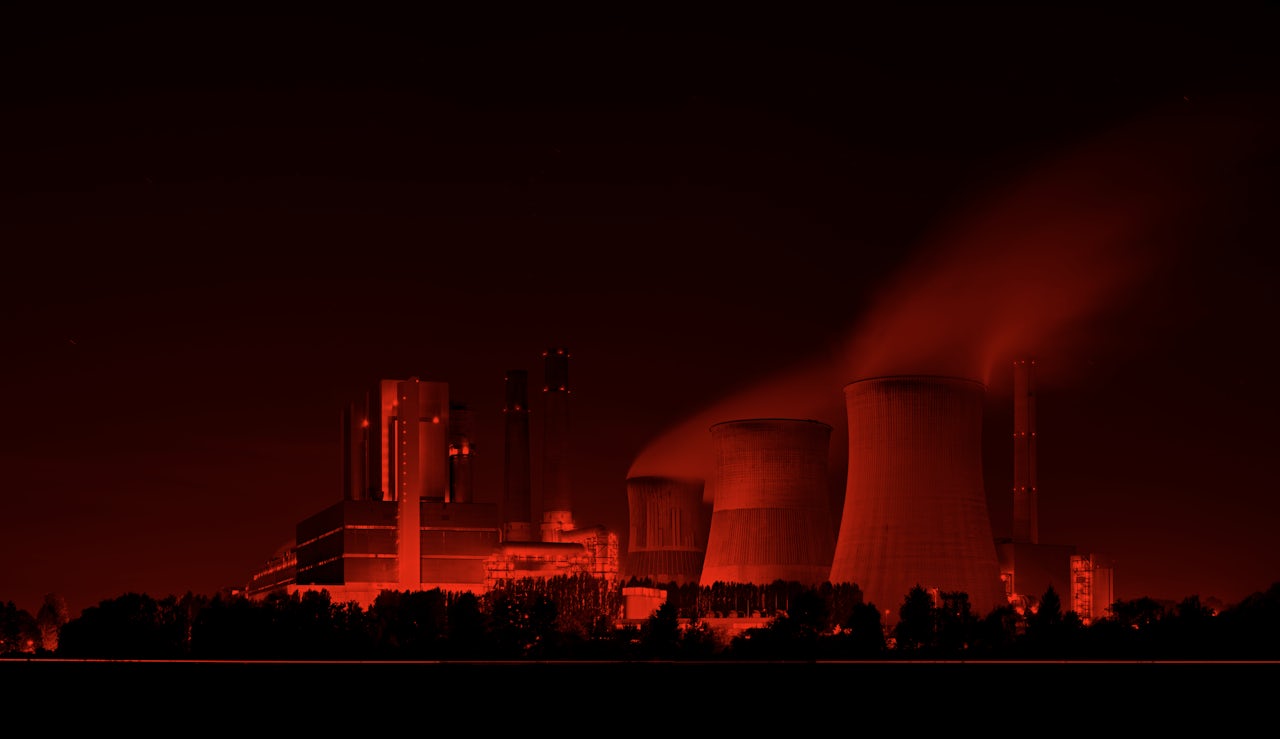On Tuesday, the Environmental Protection Agency proposed a new rule regulating coal-fired power plants, which — according to the government’s own figures — could cause thousands of premature deaths per year.
The rule, named the Affordable Clean Energy Rule, is a replacement for the Clean Power Plan, an Obama-era attempt to curb greenhouse gas emissions and other pollutants from power plants across the United States. Now, the EPA has proposed a new plan which drastically rolls back federal regulations, instead leaving it to individual states to decide how they want to regulate power plants in their jurisdiction.
“Today’s proposal provides the states and regulated community the certainty they need to continue environmental progress while fulfilling President Trump’s goal of energy dominance,” Andrew Wheeler, the EPA’s acting administrator told reporters during a phone call on Tuesday morning. The “era of ‘one size fits all’ mandates is over,” he said.
According to Robert Howarth, a professor of ecology and evolutionary biology at Cornell University, giving states regulatory power over pollution makes no sense. Downwind states, Howarth said in a statement, are particularly vulnerable to the choices of their upwind counterparts, who determine their air quality: Pollution levels in New York, for example, could be determined by decision made in Pennsylvania, or Ohio. “The levels of acid rain we receive and the amount of ozone pollution we experience is more determined by actions in these upwind states than in New York itself,” Horwath said.
Under the new rule, there will be “no lower limit” on emissions targets, Bill Wehrum, the assistant administrator for the Office of Air and Radiation, said during the phone conference. The EPA’s role, Wehrum said, was simply to provide “guidance” and “flexibility” to the states.
But documents released by the EPA together with the proposed rule say that implementing it is expected to “increase the level of emissions of certain pollutants in the atmosphere that adversely affect human health.” In the scenario the EPA suggests is the most likely to occur, between 470 to 1,400 people would die in the year 2030 due to increases of the air pollutant PM 2.5, which can cause everything from minor irritations to cancer and heart disease. When questioned about these impacts during the phone call, Wehrum stumbled. “I’m sorry, I got distracted,” he said.
During the conference, Wehrum also suggested that the new rule would keep the U.S. on track to reducing greenhouse gas emissions, but the EPA’s own documents also state that carbon dioxide emissions are expected to increase. The US is not on track to emission reduction targets set during the 2015 Paris Climate Agreement (nor are other major industrialized countries).
Beyond the fact that state-to-state regulations will muddle the effects across states, “we are in a critical period with regard to addressing climate change,” Howarth added. “We simply must greatly lower emissions of carbon dioxide and methane from energy producers, and do so soon.” Horwath said that even Obama’s Clean Power Plan was only a step in the right direction, adding that “to pull back even from this start is simply incomprehensible, given the climate crisis our country and the world face.”
The rollback of the Clean Power Plan is part of a broader repeal of federal regulations by the Trump administration laid out in a March Executive Order, which directed agencies to “immediately review existing regulations that potentially burden the development or use of domestically produced energy resources and appropriately suspend, revise, or rescind” them. Following the order, the EPA reviewed the Clean Power Plan, citing federal overreach. In 2016, the U.S. Supreme Court ruled in the favour of industry and 27 states who argued that the Obama-era rule would harm them economically.
Some environmentalists and states attorneys general have announced plans to sue the Trump administration over the new rule, citing both health risks and longer-term impacts on health and then environment as a result of climate change. “Climate change is real, no matter how much this administration tries to deny it,” Baraba Underwood, New York State’s Attorney General Barbara Underwood said in a statement. She said strong, immediate action was needed to curb climate change pollution and promote affordable, clean, and sustainable energy.
“If the Trump administration’s proposal to dismantle the Clean Power Plan is adopted, we will work with our state and local partners to file suit to block it,” Underwood said, “in order to protect New Yorkers, and all Americans, from the increasingly devastating impacts of climate change.”
